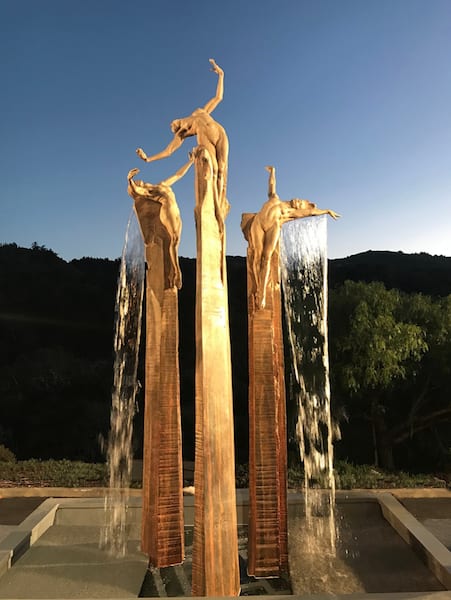Richard MacDonald American, b. 1946
Greek mythology records the Three Graces, considered the fairest daughters of Zeus and Eurynome, as representatives of the blessings of nature. Followers believed that each spring, their fertility dance caused seeds to sprout and flowers to bloom. On another creative level, the young goddesses were believed to influence artistic achievement. While Boticelli’s expression of the soft, linear forms inherent in the Three Graces influenced the rebirth of classical mythology, Richard MacDonald is inspired to foster the renaissance of figurative art with his own interpretation of “grace.” Employing the classical tradition of undulating lines, precise contour and soft, fair forms, MacDonald created first his masterpiece “The Three Graces” followed by an exploration into the personae of each of the three sisters, Agalia, Euphrosyne and Thalia. In "The Gathering of the Graces", MacDonald provides a modern interpretation to the classical mythological story.
- X
- Tumblr






